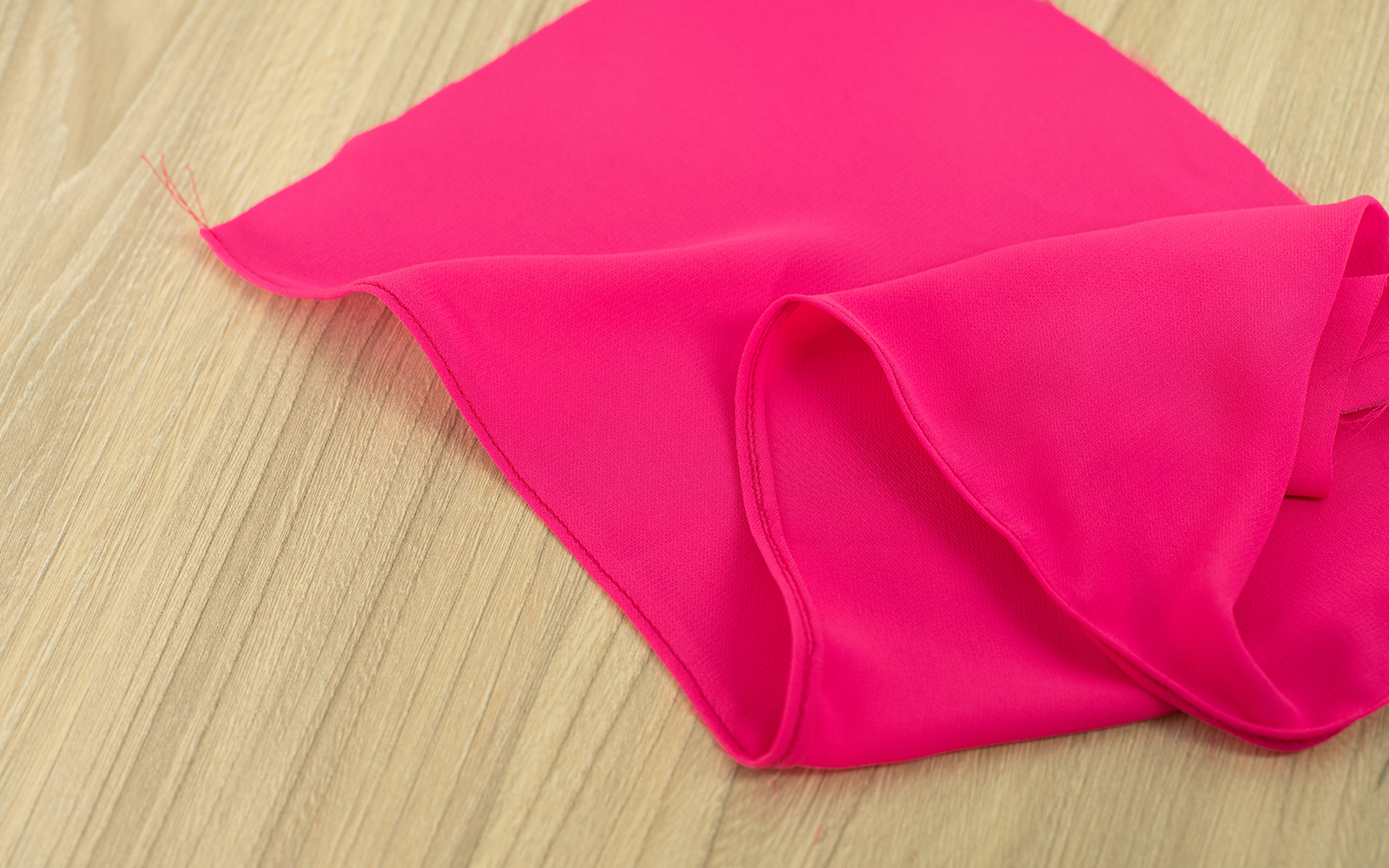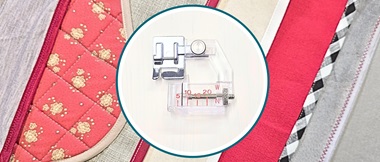
How to sew on sheer fabrics
A floaty chiffon kimono is beautiful, but getting the seams and hems looking nice can be a challenge.
From puckering to show through, there are many problems you could encounter. However, using the correct tools and having a few tricks up your sleeve will help! Here are our top tips.
Some of the tools to make sewing on sheer fabrics easier:
- Microtex/microfibre needles: Sharp needles will pierce the fabric more effectively and help to prevent puckers.
- Washaway adhesive tape: useful to stabilize hems while sewing them.
- Thin smooth pins or silk pins: to reduce distortion when pinning.
- A walking foot: makes sure your fabric feeds at the same pace and prevents slipping.
- Stabilising spray: treating the fabric with a product like Soak or Best Press before sewing will help counter the 'flopping effect' and also puckering.
- Straight stitch needle plate: the single hole for the needle reduces the push down effect of the needle on the fabric, thereby reducing puckering. (Remember you can only do straight stitch with this needle plate!)

The best way to lay and cut out sheer fabrics
Placing your fabric between two layers of tissue paper and pinning to the paper before cutting will help provide stability to the slippery fabric. Your fabric is less likely to slip and you'll get a far more accurate cut.
Stick bottom layer the bottom layer of your paper to the work surface, align the selvedges of the fabric with the edge of the paper, then cover with another layer of paper. Pin along the edges. Then place your pattern pieces on top. Pin and cut through all layers. You can also do a single layer of fabric at a time.

The best seams to use with sheer fabrics
- French seams: the classic way to create beautifully neat seams.
- Overlock seams: use floss (such as Madeira Aeroflock) on your seams. This will give a soft finish and prevent your seams from being stiff. To stabilise seams on the bias, use seam tape.
- Use stay stitch: as soon as you take the paper patterns off – this will keep curved seams neat and not distorted.



The best hems to use with sheer fabrics
- Double folded hem: use water soluble double sided tape. Fold, sew, trim and sew again.
- Rolled hem or narrow overlocked hem: using floss will help to keep the hem soft and flexible. Experiment to see if a narrow hem or rolled hem gives you the desired finish.



Tips to avoid your machine eating your fabric
- Place tissue paper between the fabric and the needle plate while sewing – especially if you have corners to deal with.
- Keep the fabric under some tension by holding and slightly pulling while sewing.
- Sharp, thin needle and a straight stitch needle plate.
The golden rule is to test! Test sew your seams and hems on scraps of your fabric, and choose the ones you like best before you start constructing your garment.
Other useful tips when sewing sheer fabrics
- Use a pressing cloth.
- Micro serrated scissors helps with cutting out.
- Instead of sewing a few back stitches at the beginning of your stitches (back tacking), leave a long tail and manually tie the ends before trimming.
- Cut out in one layer.
- Pin in the seam allowances.





